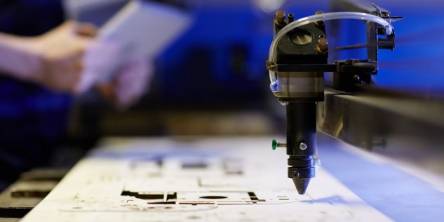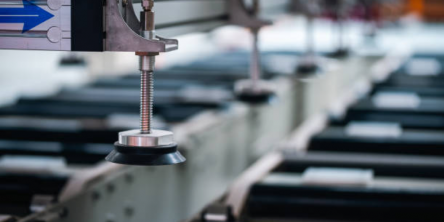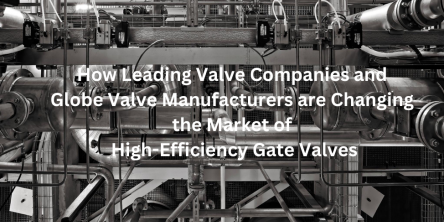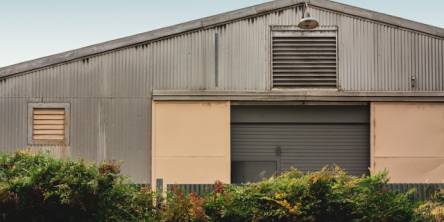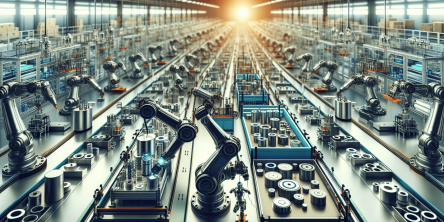How To Reduce The Cost Of Pipe Relining?
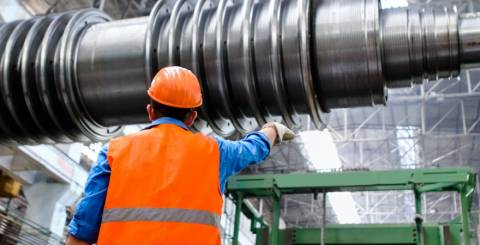
If your pipes are clogged, leaking or corroded, a pipe relining project can restore them to optimal function. But like any construction project, pipe relining costs can add up. From smart material choices to contractors like The Relining Company negotiations and more, there are ways to cut costs with some savvy planning. In this article, we’ll explore tips for minimizing your pipe relining expenses while still getting a durable, quality repair. Read on to start saving on your next pipe reconstruction project by understanding the cost of pipe relining.
Thoroughly Inspect Before Relining
The first way to reduce relining costs is to carefully isolate which sections actually need repair instead of blindly re-doing entire pipe networks. Use CCTV pipe inspection to pinpoint where cracks, roots, wear and clogs are occurring. Then only reline the compromised portions. Targeted spot repairs take less time and materials than full system replacements.
Read more: PVC Pipes for Residential and Commercial Applications
Choose the Right Relining Method
Another factor is selecting the ideal relining method for your needs. Main options include:
- CIPP (cured-in-place pipe lining) - Most common trenchless method uses a resin-soaked liner pulled through the pipe and hardened. Economical choice.
- Epoxy pipe coating - Liquid epoxy coating applied and self-levels. Good for small pipes.
- SIPP (spray-in-place pipe lining) - Pipe interiors are directly sprayed with a protective coating. Used for unique pipe shapes.
Discuss options with contractors to determine the optimal process for cost-efficiency.
Use Thinner Liner Materials When Possible
For CIPP relining, using thinner yet still protective liner materials can notably reduce costs. 3-4 mm liners are often adequate for household pipes versus 6+ mm for industrial lines.
Just be sure to follow your contractor’s advice on minimum liner thickness needed to restore integrity. Don’t compromise function strictly to save money.
You May Also Like: A Comprehensive Guide on CPVC Pipes and Fittings
Choose Lower Cost Liner Materials
You can also select less expensive base materials for the relining such as:
- Polyester or vinyl ester resins instead of epoxy
- Fiberglass or polyester versus carbon fiber liners
- Low-grade versus high-grade felt absorbent materials
Discuss potential cost savings with qualified contractors to find a material balance that still provides long-term durability.
Schedule Off-Peak Timing
Inquire with contractors about scheduling relining work during slower seasons or times of year when they offer discounts to fill the schedule.
Building off-peak with contractors means less demand so they may offer 10% discounts or more just by flexible timing.
Leverage Trenchless Speed
Since relining is a trenchless technology without excavation, projects can be completed much faster than pipe replacement. Faster project time means reduced labor hours and equipment fees. Ask contractors about expediting discounts for rapid relining turnaround when possible. Faster projects mean lower costs.
Get Multiple Competitive Bids
Always get quotes from several highly reviewed contractors before selecting one. Even for the exact same work scope, price can vary tremendously.
Let contractors know you’re shopping rates to motivate the best pricing. But compare project details closely. Low bids could mean cutting corners.
Conclusion
The goal of relining is restoring your pipes effectively and affordably. With smart planning, inspection, material selection and competitive bids, you can reduce project costs without compromising quality. Use these tips to save on your next pipe reconstruction project.
FAQs
1. What is the average cost of pipe relining?
The cost of pipe relining can vary widely depending on factors like pipe size, length, location, and the method used. On average, costs range from $80 to $250 per foot.
2. How long does pipe relining take?
Pipe relining typically takes between a few hours to a couple of days, depending on the scope of the project. This is significantly faster than traditional pipe replacement.
Similar Articles
As previously established, CO2 laser technology operates by shining a high-power infrared beam on a mixture of gas that contains carbon dioxide, nitrogen, and helium. This technology is well known for the fact that it is able to engrave onto a variety of materials such as wood, glass, plastic, leather, and even some metals with high precision and without contact.
CNC Machining has emerged as a vital technique in the current production process, as it provides an efficient and accurate means of manufacturing items with complex geometries. This technology is applied across aerospace, automobile, and medical devices manufacturing fields, and various other industries.
Find out what to look for in a reliable CNC machining manufacturer, from quality assurance and advanced technology to customer service, for efficient project success.
When it comes to metalworking, the quality of your equipment can make a significant difference in the efficiency and accuracy of your projects. Among the essential tools in any metalworking shop is the sheet metal brake, which plays a crucial role in bending and shaping metal sheets
Discover the latest design trends and innovations in metal table legs, enhancing style and functionality for modern interiors.
In the dynamic nature of the industrial sector, high-efficiency gate valves play a crucial role in the flow control system. Leading valve suppliers and globe valve suppliers are always engaged in the development of this technology to enhance the efficiency of the equipment.
When it comes to constructing a metal building, whether it's for industrial, commercial, or residential use, choosing the right metal building company is crucial. Metal buildings offer durability, flexibility, and efficiency, but only if they are designed and constructed correctly.
Discover how ERP systems streamline procurement in manufacturing, enhancing efficiency, reducing costs, and improving supplier management.
In today's fast-paced manufacturing landscape, the use of high-quality bonding solutions, such as industrial adhesives, has become increasingly crucial to ensure product quality, efficiency and competitiveness.

